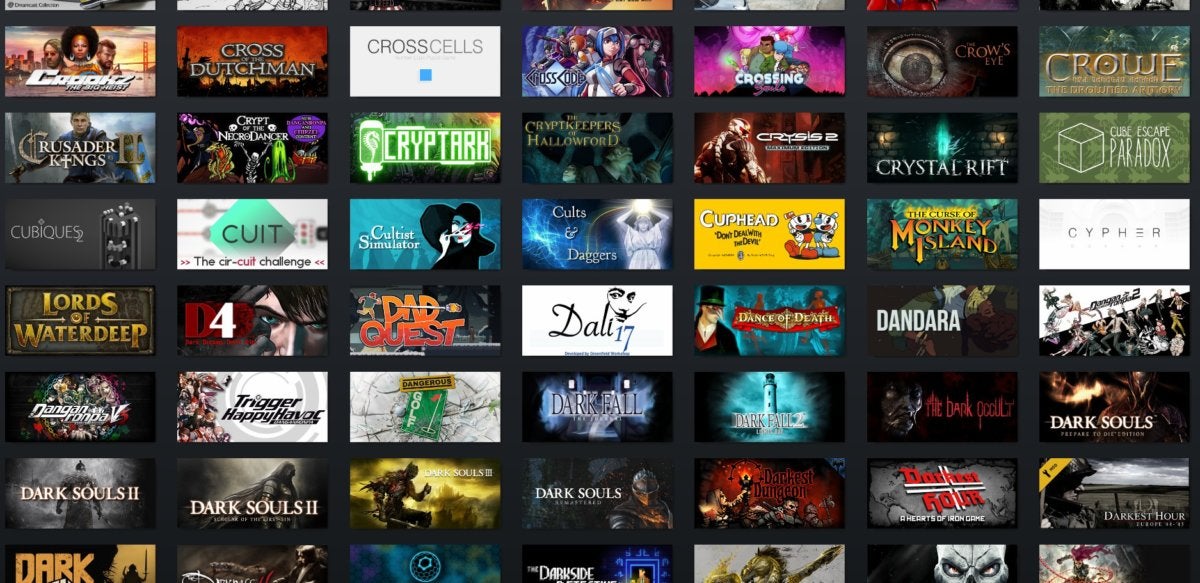
Valve must be sleeping poorly these days. Steam is still king of PC gaming at the moment, but it’s an increasingly belabored kingdom beset on all sides by would-be rulers. Today presents perhaps the strongest challenge yet: Epic, flush with Fortnite cash, will open its own storefront in the near future. It’s cross-platform, cuts developers a much better deal, focuses on discoverability and communication from the get-go, and of course ties in with Epic’s work on the Unreal graphics engine.
We’ve seen plenty of Steam competitors over the years, but this is the first one I’d call a true threat to Valve’s dominance. I’m going to take a bit to recap the story as it stands, but if you want to know how this affects you feel free to skip ahead to “Part 2” where we lay out what this means for the future.
Part 1: Arrogance
Valve got complacent. If you want to know why Epic is a threat you need to know how Valve’s fallen, and it starts with complacency. Every David and Goliath narrative needs an explanation and the explanation here is that Goliath, in his arrogance, stabbed himself in the foot.
Which is to say: Revenue share has been a touchy topic with Steam for a while now. For years Valve’s taken a flat 30 percent cut of all revenue earned on its platform, leaving developers with 70 percent.
This made sense (of a sort) in the old days. It was a better cut than developers generally earned from physical retail, and Valve also worked to curate Steam, to make sure only the “best” games made it onto the store. Between that, server costs, customer support, and so on? 30 percent seemed justifiable.
 IDG / Hayden Dingman
IDG / Hayden DingmanBut then Valve stopped curating Steam. Steam in 2018 is a lawless deluge of garbage mixed in with a few fantastic games, and trying to distinguish between the two is like using a tennis racket to separate salt from the ocean. Discovering new and interesting games on Steam these days, especially indies, is nearly impossible, and the question arose: What exactly is Valve doing to earn that 30 percent revenue cut?
Then the story got worse (for Valve) this week. Apparently fearing an exodus of large publishers, a la Bethesda locking Fallout 76 to its Bethesda.net launcher, Valve reworked its revenue share numbers—but in a way that only benefited those large games. It would still take a 30 percent cut of any sales up to $10 million, then a 25 percent cut up to $50 million, and then a 20 percent cut for the remaining life of the game. Indie games, even the largest indies, are generally lucky to earn $10 million ever, so the message was basically “Large publishers, please come back. Indies? There’s nowhere else for you to go.”
But there might be somewhere for them to go soon.
[“source=pcworld”]
